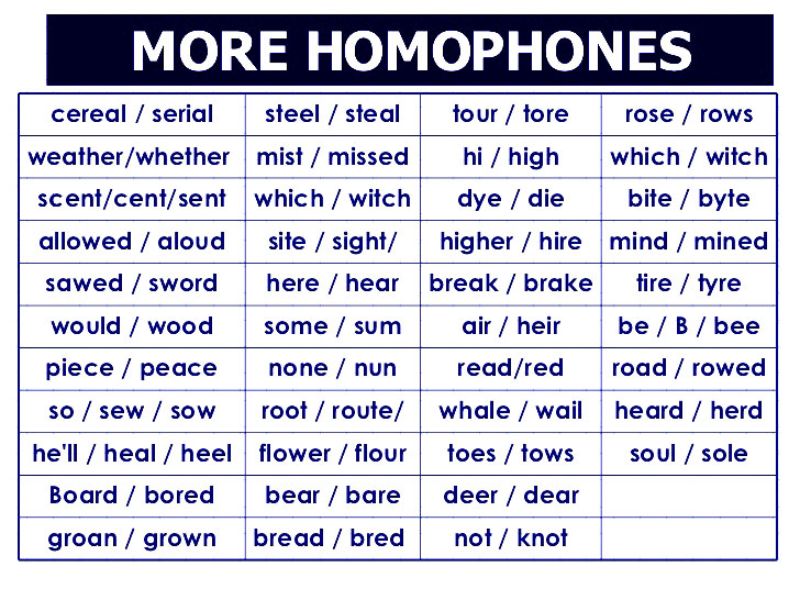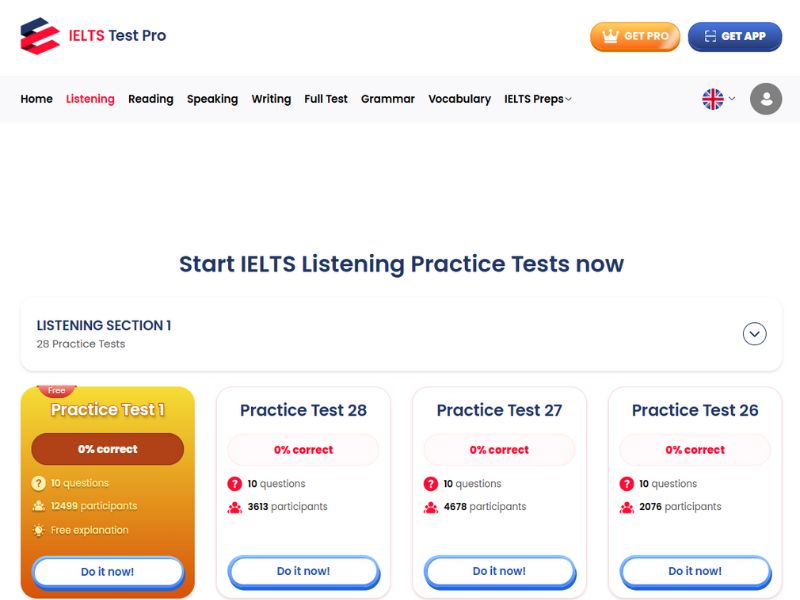How to Avoid Distractors in IELTS Listening? Top 8 Common Types to Know
Distractors in IELTS Listening are intentionally placed to challenge your concentration and test-taking strategies. This guide explains what these distractors are, common types you might encounter, and practical solutions to overcome them. By understanding the tactics used in the IELTS Listening test and learning to spot misleading information, you can enhance your listening skills and improve your overall score.
I. What Are Distractors in IELTS Listening?

Distractors are misleading details embedded in the listening passages designed to confuse test-takers. They often resemble correct answers but are meant to divert attention away from the true information. These traps can include synonyms, irrelevant details, or alterations in information that seem plausible yet conflict with the main content. Their purpose is to test your ability to listen actively and critically, ensuring you grasp the essential points rather than getting misled by similar-sounding words or extra information.
II. Common Types of Distractors in IELTS Listening
Each type of distractor in IELTS Listening requires a unique approach to overcome. Below, we explore eight common distractors along with examples and strategies to avoid them.
1. Synonym Substitutions
This distractors in IELTS Listening involves replacing words in the recording with synonyms that might seem different at first glance. For instance, the test might use “assist” while the answer sheet refers to “help.” These substitutions can confuse you if you rely solely on specific word matches.
- Example: A speaker might say “commence” while the written prompt expects “begin.”
- How to Solve: Familiarize yourself with common synonyms by practicing with IELTS materials and note similar terms during listening exercises.
2. Self-Correction or Changed Information
In this distractors in IELTS Listening, the speaker revises information mid-sentence, intentionally creating confusion. The initial detail might be incorrect and then corrected shortly after.
- Example: “The meeting is at 2 PM… no, actually, it’s at 3 PM.”
- How to Solve: Focus on the final statement rather than the initial one. Practice active listening and train yourself to note corrections immediately to avoid retaining the wrong detail.
3. Extra Information
Extra information distractors add non-essential details that sound relevant but are not necessary for the answer. They serve to overload your working memory.
- Example: A speaker might mention several points about a topic but only one is required to answer the question.
- How to Solve: Learn to filter information by identifying key details and ignoring supplementary data. Concentrate on keywords and main ideas during your listening practice.
4. Numbers and Dates Confusion
Numbers and dates can be particularly tricky when similar figures are mentioned in quick succession.
- Example: The speaker might say “12th May” and then “the 21st of May,” where only one is correct.
- How to Solve: Pay close attention to numerical details. Practice listening for figures specifically, and double-check your answers by reviewing the context in which the numbers or dates are provided.
5. Contrasting Ideas (But, However, Yet, Instead)
Contrasting ideas are signaled by words like “but,” “however,” or “yet” to indicate a shift or opposition in thought.
- Example: “The policy is effective, but it is expensive.”
- How to Solve: Recognize these transition words as markers of a shift. Focus on the contrast to identify the correct answer and avoid being misled by the initial positive statement.
6. Similar Sounding Words

Words that sound similar can cause confusion, especially when pronounced quickly.
- Example: “Accept” versus “except” may sound alike in certain accents.
- How to Solve: Enhance your ability to distinguish subtle differences by practicing with recordings featuring various accents. Listening exercises focusing on minimal pairs can also help sharpen your auditory discrimination.
See also: 40+ IELTS Synonyms to Improve Your IELTS Listening Score
7. Lists of Options
When a speaker lists multiple options, not all may be relevant to the answer required.
- Example: “You can choose either tea, coffee, or juice,” while only one option is correct.
- How to Solve: Listen carefully to the question prompt and match the answer accordingly. Practice summarizing lists and noting the context in which each option is mentioned to eliminate irrelevant choices.
8. Accent Variations
Different accents can change the pronunciation of words, making it harder to recognize correct answers.
- Example: An accent might pronounce “data” as “day-ta” or “da-ta,” affecting your recognition.
- How to Solve: Expose yourself to a variety of English accents through diverse listening resources. Practice with authentic IELTS materials that include speakers from different regions to build your comprehension and reduce confusion.
III. How to Avoid Distraction Mistakes on IELTS Listening
Dealing with distractors in IELTS Listening requires more than just hearing words. Below are proven strategies to help you build concentration and accuracy throughout the test.

- Practice Regularly: Engage with authentic IELTS listening materials. Check out IELTS Test Pro for a range of practice tests.
- Focus on Key Details: Train yourself to concentrate on main ideas and ignore extraneous details.
- Note-Taking Skills: Develop effective note-taking habits to capture essential information.
- Mock Tests: Simulate exam conditions to build endurance and identify distractor patterns.
- Review & Analyze: Regularly review your practice tests to understand mistakes and improve strategies.
Understanding and overcoming distractors in IELTS Listening is essential to improve your score. By familiarizing yourself with different types of distractors and practicing targeted strategies, you can enhance your focus and accuracy during the exam. With consistent practice and exposure to varied accents and question types, you’ll build the confidence needed to tackle any distraction effectively and achieve your desired results.